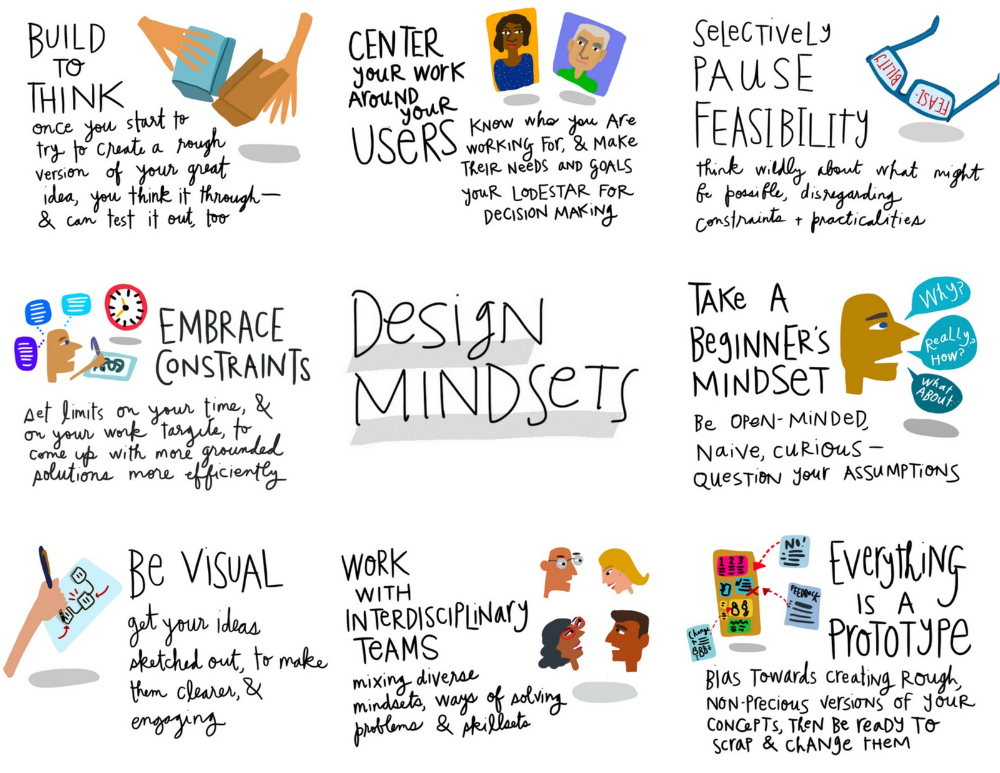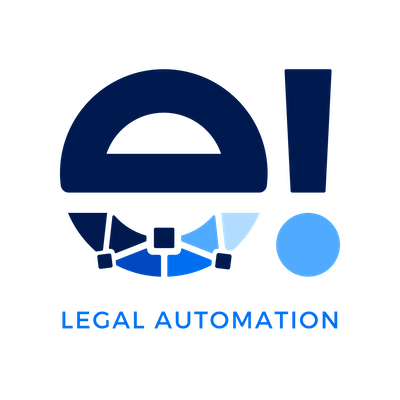Part 1: The Principles
In the legal world, discussions around innovation tend to take two distinct paths. Some view resistance as a barrier and steer clear of change; while others gravitate towards technology-driven solutions which could revolutionize or even supplant our current way of providing legal services. Unfortunately, these perspectives rarely meet halfway, leaving us with an impasse in determining how best to move forward into the future of law services.
In this post, we bring up a design-driven approach to legal innovation. A design-centred approach to innovation enables us to focus on the issues and difficulties that people face in their daily lives. It provides a pathway for innovating, allowing our efforts to become more ambitious and creating solutions for existing legal frustrations, ambiguity, and friction levels.

¿What is Legal Design?
According to Margaret Hagan, Executive Director of the Legal Design Lab and a lecturer at Stanford Law School and the Stanford Institute of Design:
“Legal design is the application of human-centred design to the world of law, to make legal systems and services more human-centred, usable, and satisfying.
It is an approach with three main sets of resources — process, mindsets, and mechanics — for legal professionals to use. And in the process, it sets key new metrics for how we operate in the world of law. Are we delivering services that are (1) usable, (2) useful, and (3) engaging?
¿What are the goals of Legal design?
Helping legal professionals
The Legal design strives to give people the resources and information they need to make empowered, wise decisions within our legal system. Its mission is to promote comprehension of all applicable laws & regulations as well as strategic thinking that helps individuals navigate complex situations with confidence and savvy.
Building a better front end and back end to our legal services
Legal design is a powerful combination of creative mindsets and processes to make accessing legal services simpler. It acts as an interface, making navigation easier by adding layers that give clarity and understanding. Also, these same tools are used for improving the actual systems behind laws.
Aiming for long-term achievements as well as gradual short-term progress
Legal design can help problem-solving professionals address small issues as well as long-term goals. It’s an innovative way to create new products and services that use a continual, agile process from start to finish. Short-term solutions are essential – but they should always lay the groundwork for future greater accomplishments.

What solutions does Legal Design provide?
In her investigation, Hagan identifies that Legal design can help the legal industry by offering:
- Improved Problem Solving: To be more forward-thinking and creative in generating solutions for problems
- Client-centred Services: To put the focus on the client, and win clients in better ways, deliver them better services tailored to their explicit (and buried) needs — and to communicate information to them in clearer, more compelling, and more usable ways.
- Better Communication: To communicate information — particularly complex legal information — in a clearer, more compelling, and more usable way.
- Richer Legal Profession: To build a new set of professional paths and opportunities for lawyers, with new kinds of jobs and competencies.
- Better Legal Organizations & Worklife: To develop new ways of collaborating, improving processes and decision-making, and build stronger communities inside of legal workplaces
- New Products & Services: To generate ideas of how to serve clients, lawyers, and the general public in new ways — through technology or otherwise, and to build ideas into viable products and businesses.
How to start applying Legal design

The Mindset:
Lawyers looking to make a difference have an opportunity: to look at their work from a new perspective. Embracing design-oriented mindsets requires leaving behind traditional frames of reference and taking on potentially uncomfortable ideas; but in doing so, lawyers may gain invaluable insight into improving the way they provide legal services.
Let’s see what a design mindset constitutes:
- Pause feasibility: Leave a side financial, organization, regulation or any kind of limit that you usually keep in mind in your daily work. Let your ideas explore new challenges.
- Everything is a prototype: Designing quickly and seeking feedback sooner rather than later is the key to developing successful solutions. With this iterative mindset, ideas can be released even before they’re finalized in order to garner valuable insights early on.
- Welcoming criticism: To steadily improve and stay flexible, it’s essential to welcome feedback with open arms instead of striving for unattainable perfection.
- Being user-centric: A great design approach starts with really knowing what your users need. That means taking the time to get in there, ask questions and understand them deeply through interviews and surveys — not just making assumptions about their problem.
- Choose specific archetypes and hold off on the perfect solution: Narrow down the scope and think before you act when it comes to identifying problems. Jumping straight into solutions without fully understanding all of the elements can lead to inefficient results, so design thinkers should dig deep for greater success.
- Become a beginner’s mind: Design thinking requires a beginner’s approach – inquiring, reflecting and exploring multiple times to understand challenges from different perspectives. Asking the “why?”, “how?” and “what?” questions can help identify deeper solutions that would otherwise be overlooked. By changing the point of view from attorneys to laypeople, lawyers can learn a lot from design thinking, as it trains them to look at legal matters from the perspective of someone who lacks knowledge. This helps create practical solutions that are easy for everyone to understand and use!
- Working with cross-discipline teams: Teams with a diverse range of backgrounds and perspectives can bring more value to the table than those who share similar points of view. For example, think of how much further an in-house legal team could go with added expertise from digital visionaries, financial whizzes, savvy project managers and creative designers.
- Visualization: Design thinking is about so much more than bright colours and cool pictures – it’s a way to capture information using visuals. From flowcharts, diagrams, and sketches to digital infographics – there are countless ways for us to represent our words in meaningful imagery that will leave an impactful mark on the user’s mind.
- Bias to action and building to think: Design thinking encourages you to take action on your ideas quickly and efficiently. Break down those big goals into achievable milestones, then use them as a jumping-off point for creating prototypes that help refine the concept. By testing out what works—and doesn’t work—you can turn vision into reality faster.
- Embrace Constraints: Designers with time-defined processes often find success, as it allows them to prioritize tasks and avoid getting bogged down by unimportant details. This increases productivity while ensuring a high standard of quality in the final product.






